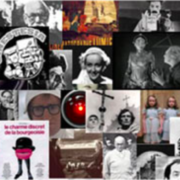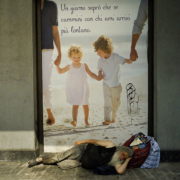In Search of ‘Hyde’ Notes on some transformations in the analysis room
Abstract
The authors suggest a reflection on the use of the film and the context of the film theatre in connection with certain aspects of the analytic dialogue. Through a re-consideration of “The Strange Case of Dr. Jekyll and Mr. Hyde” by Robert Louis Stevenson and of five different film versions of the story, the essay investigates how the cinema has described the different and contradictory emotions felt by analysts when faced with patients who transform themselves before their eyes during a session. These reactions always require a reply that is specific in that it is the result of the analyst’s work as he receives and shares the point of view of the patient, and thus becomes able to accede to the many potential areas of the mind, or multiple states of the self, that are expressed in different ways. Following these lines of thought, the authors suggest that these films can act as devices that perform the same function as dreams: on one hand, they enable the drive tensions, together with their impossible and conflictual direct realization, to be put into evidence; while on the other hand, they indicate the vital need to be able to continually dream oneself according to potential dimensions that can only be made possible by the mind of another person.




